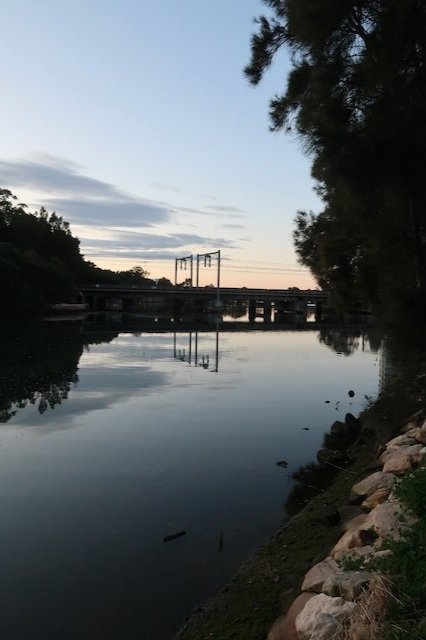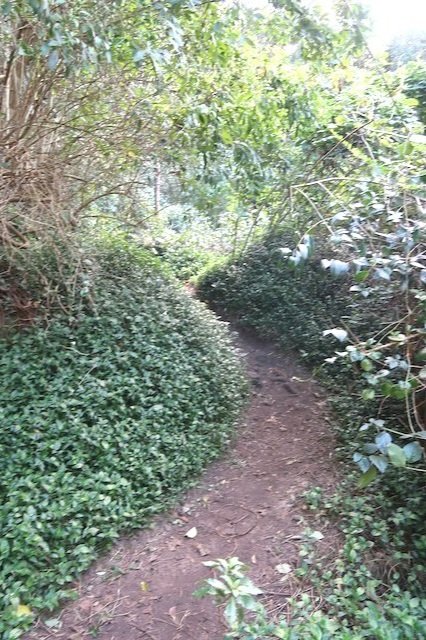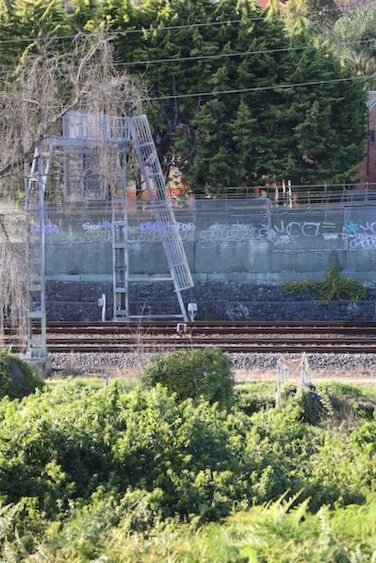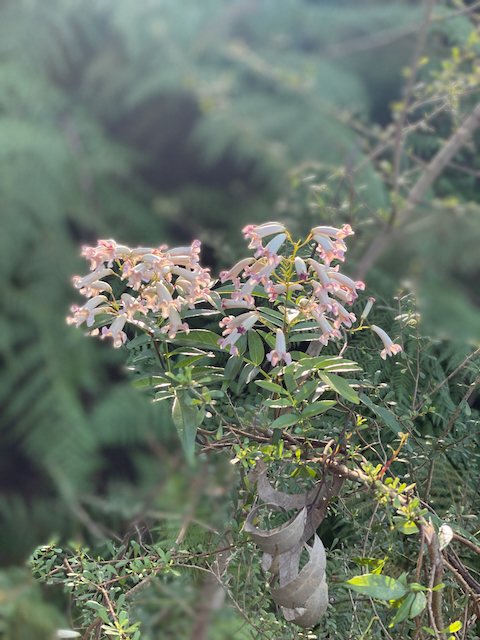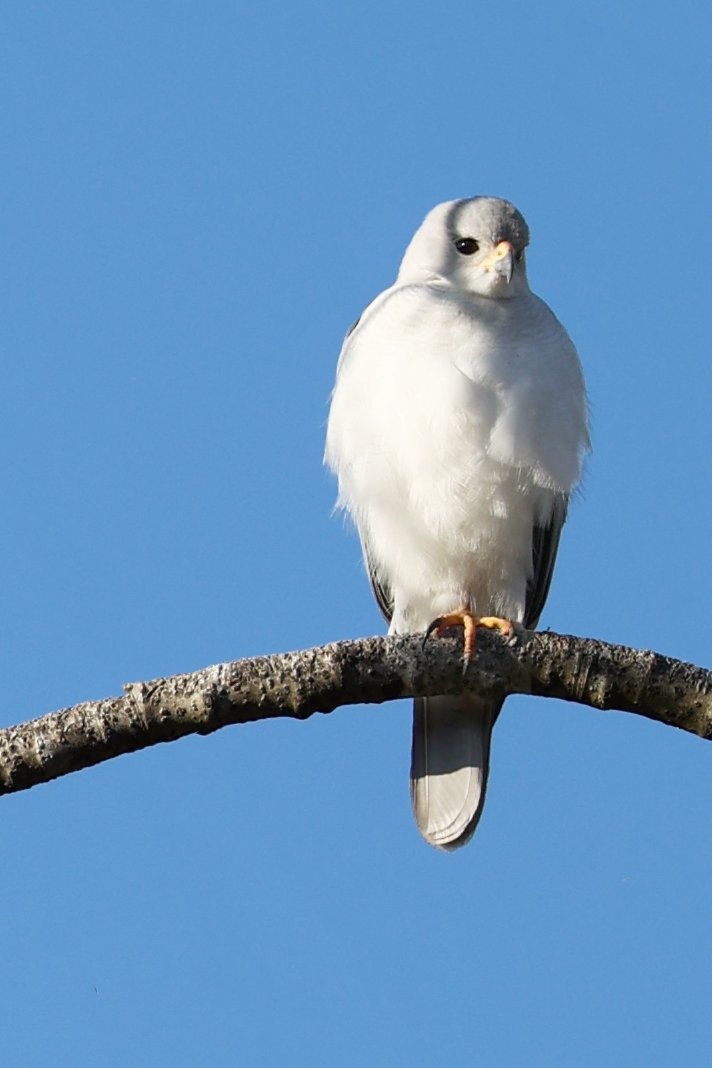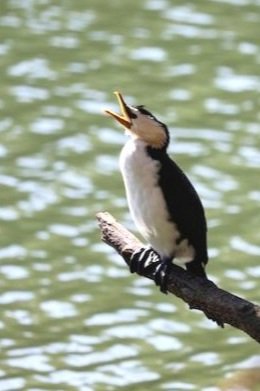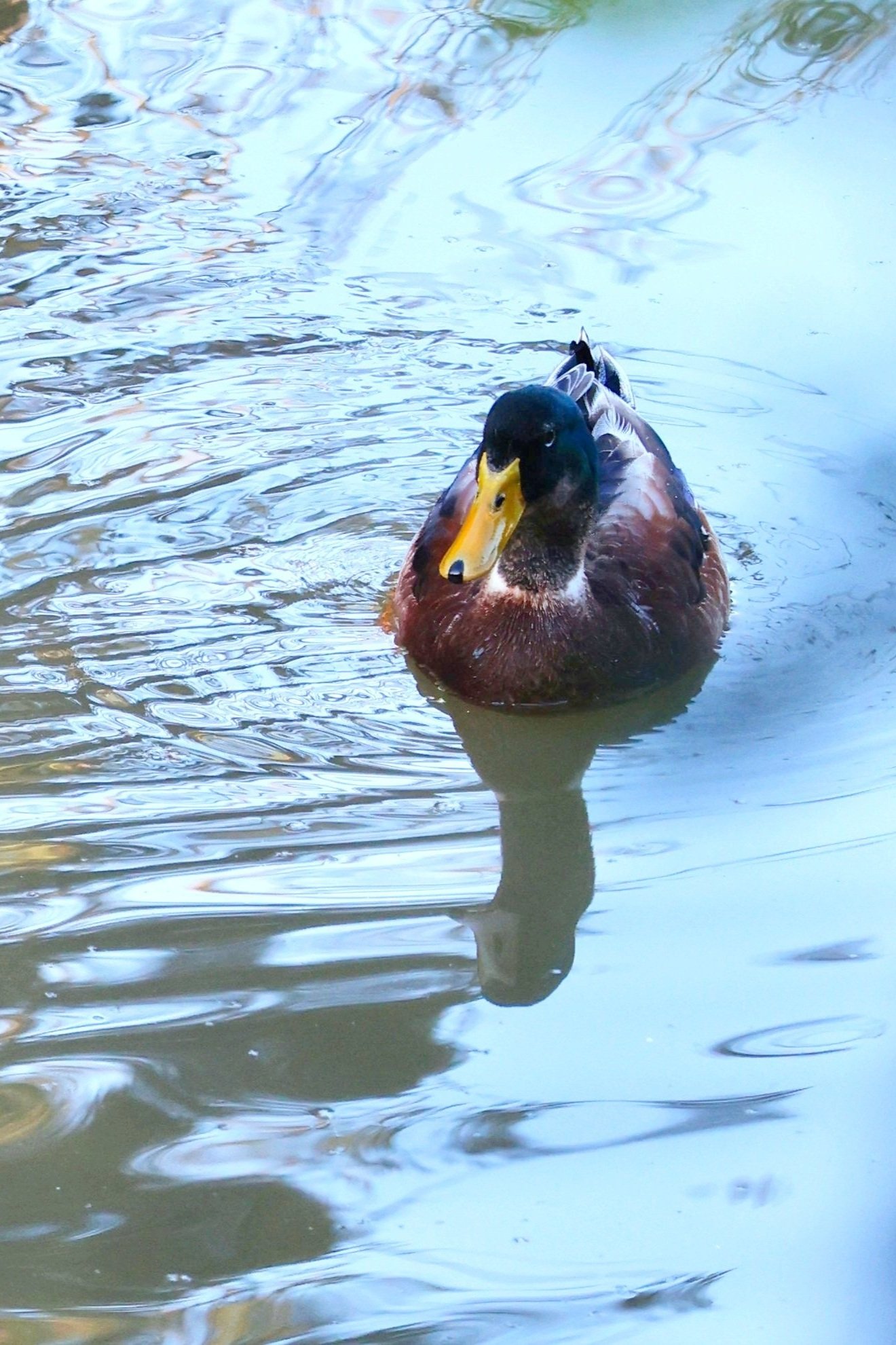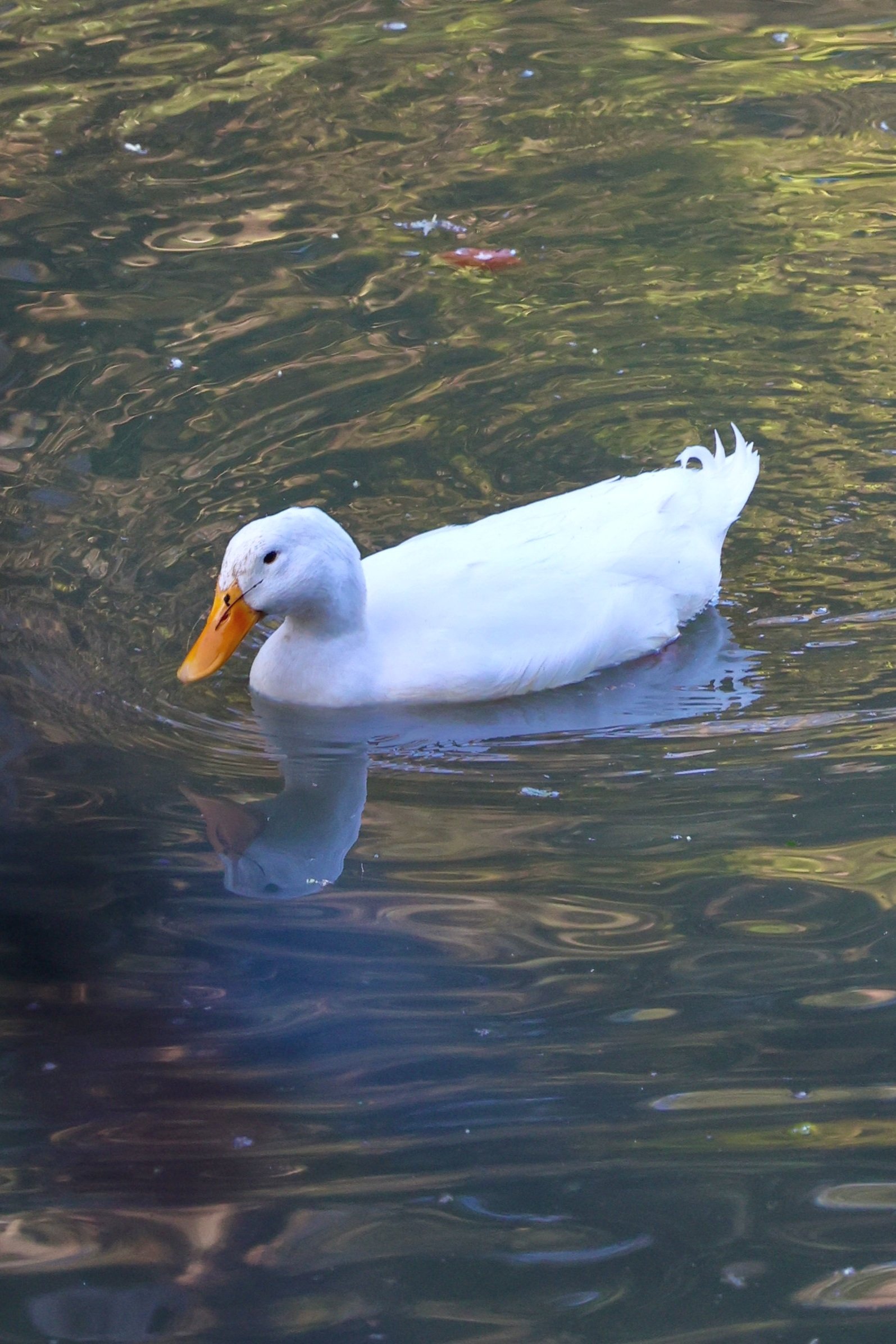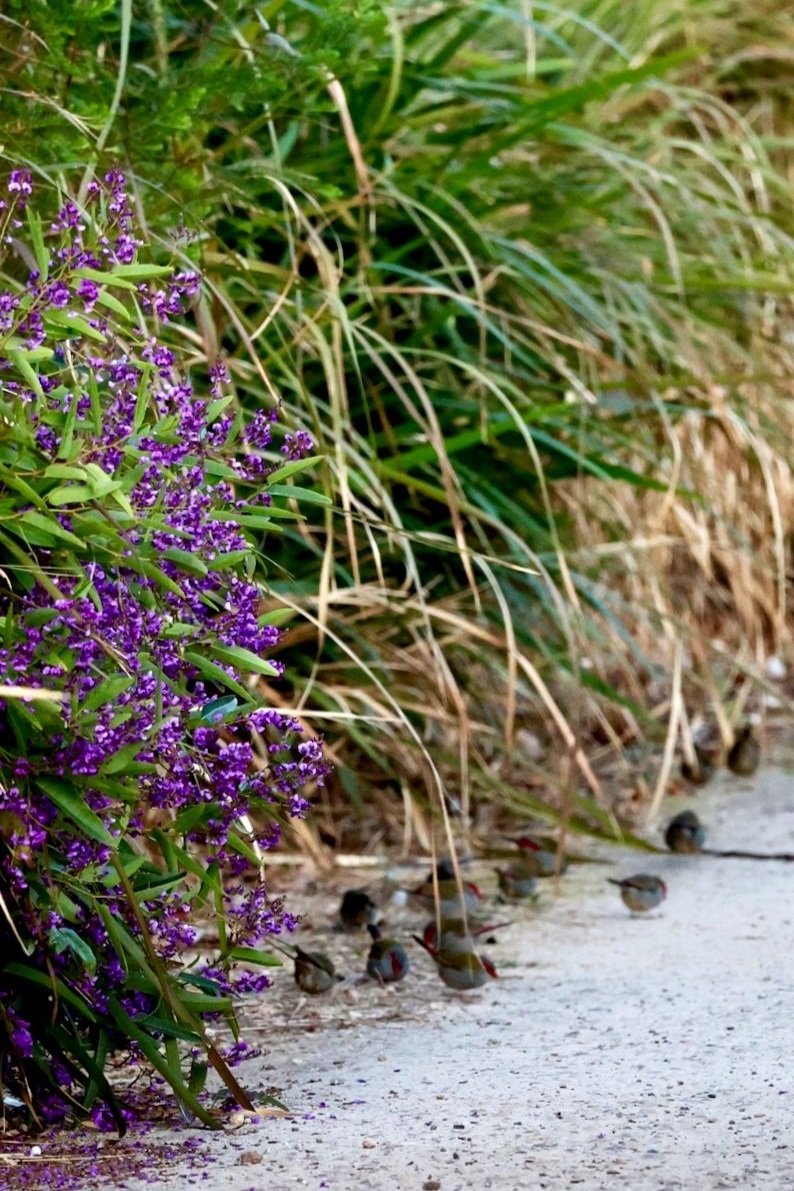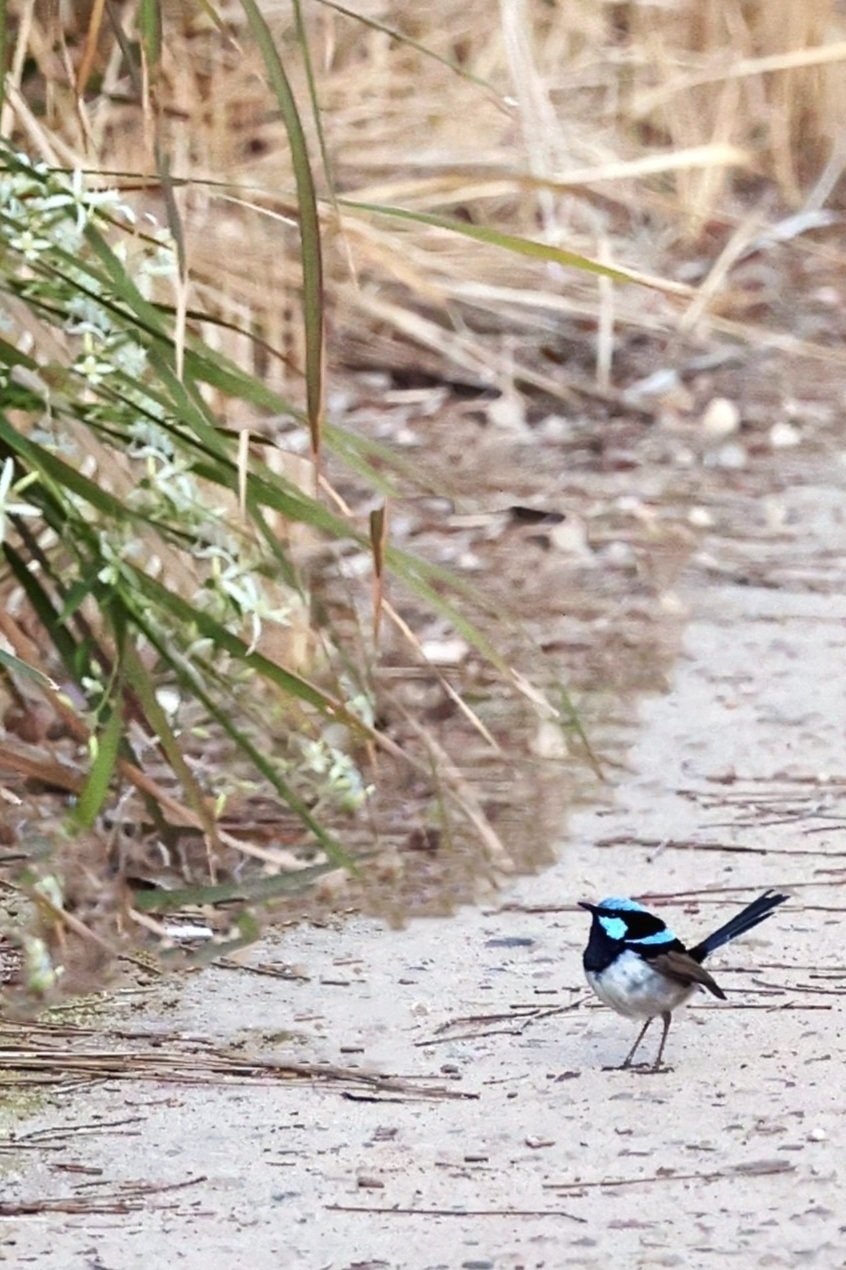Wolli Creek Walk
The Walk
This walk can be done in one of two ways. The first is an out and back walk, over 10 kms in total, where you return the same way you came. The second way is to walk the length of the trail and get a train or taxi back to the start. I chose the second way adding a stroll around Gough Whitlam Park at the end to round out my steps.
The walk starts in Tempe (though you could easily do it in reverse). Get the train in or park your car in one of the many (mostly free) spots at the station and surrounding streets.
The trail begins just a short way down the road on the edge of Waterworth Park.
The Path
The path roughly follows the line of the creek, though you don’t see much of it. The bushland is dense in parts and the creek narrows considerably in others.
There are way markers on the section known as the Girrahween Track but not everywhere, so keep an eye out for well-trodden paths. (The navigation tool in the Alltrails app was helpful here.)
A few things worth noting:
The path is fairly easy going for the most part, but some sections can get muddy and a bit slippery after rain.
If bats freak you out then this one is probably not for you. There is a large colony of grey-headed flying foxes very close to the path and in one section you walk right underneath them.
If you get a bit nervous walking by yourself on largely deserted paths, take a buddy, two-legged or four. It was very early in the morning when I did this walk - the perfect time in many ways. But apart from a few dog walkers, I saw very few people on the trail.
Look out for six pretty little stone cottages at the end of Jackson Place in Earlwood. These date back to around 1910 and were built for local quarryman William Jackson and his family.
The trail ends just before Bexley Rd in Bexley North. You can turn back and retrace your steps or head to the train station just over the road. The train trip back is not long distance-wise but involves a line change at Wolli Creek which makes it a little longer.
Wildflowers
Late winter and early spring bring bursts of native colour to the Wolli Creek area. But the sheer variety of native plants here (260 last count), means that year round, you’re sure to find something in flower.
If a particular plant catches your eye and you’d like to see it in your own garden, take a snap and check out the Addison Road Community Garden. They carry tube stock which is sourced from seeds and plants that grow in the valley.
Birds
This is a well known corridor for birds. Over 100 bird species have been seen here, attracted by the food and shelter on offer in the green spaces of an otherwise busy urban area.
Along the creekIine I saw various ducks, swamphens, and cormorants, as well as a Spoonbill and a White Faced Heron.
On the path and in the trees I spotted finches, fairy-wrens, cockatoos and Silvereyes. and an ever-watchful Grey Gosshawk, hanging out with the bats.
Other birds that visit the area, residing in dense thickets or just passing through include New Holland Honeyeaters, Rosellas, Red Wattlebirds, Tawny Frogmouths and Powerful Owls.
Bird surveys are done in the area once a month. If you’re a bit of a twitcher and you like the idea of contributing your findings to an open-access database, you can find out more here.
Bats
According to the Wolli Creek Preservation Society, bats of the Grey-headed flying fox variety, have been hanging out in the Causrina and Eucalypts here since 2007.
You can’t miss them. Indeed you’ll hear them long before you see them. They hang in large clumps in the tall trees, sleeping and scratching, screeching and squabbling, and occasionally taking flight to find a more comfortable place to roost.
The number of bats in this colony varies, but up to 24,000 of them are known to live here at one time. A population this large is good news for the species, whose numbers in Australia’s recent past have generally been in decline.
The Preservation Society holds an annual ‘Bat Watch Picnic’ in Turrella Reserve. Held in the early evening, usually in March, it’s a BYO picnic event that encourages locals to gather to watch as thousands of bats exit the camp in search of food. The event coincides with Australasian Bat Night which seeks to foster an appreciation for native bats in general.
Gough Whitlam Park
If you’ve returned to the start and want to add a few more steps I recommend a walk around Gough Whitlam Park.
As I walked from the station back to my car I was drawn to this park by the sign for coffee. Having got my caffeine fix I stayed to enjoy an hour of late morning sun, strolling along the edge of the Cook’s River and around the garden beds.
The park has two playgrounds for children of different ages. There are barbecues and picnic tables if you’ve come prepared or if not, the cafe offers plenty of choice for breakfast and lunch.
The waterside path in the park extends to a longer loop around a section of the Cooks River. It’s an easy walk, popular with locals. See details here.
